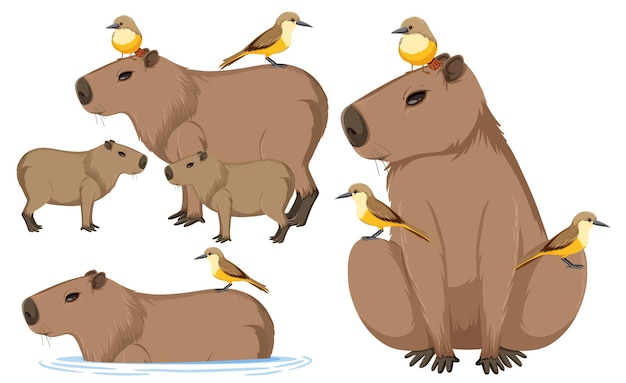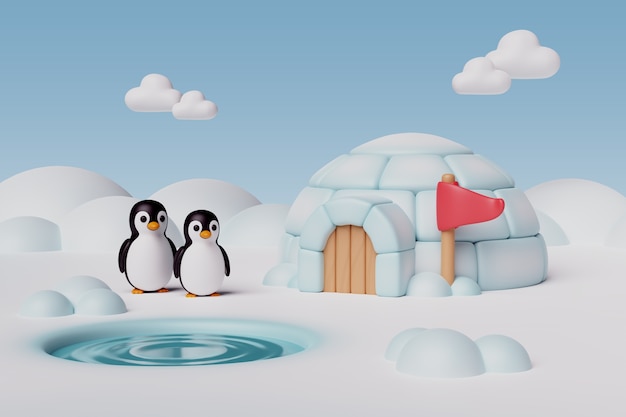Platypus – Fascinating Facts about this Unique Mammal

The platypus is a unique and fascinating creature found in Australia.
Despite its appearance, the platypus is not a combination of other animals, but a species of its own.
Platypus males have venomous spurs on their hind legs, making them one of the few venomous mammals.
Platypuses are excellent swimmers and spend most of their time in water.
They have webbed feet and a beaver-like tail, which helps them navigate through water.
Platypuses have a special membrane that covers their eyes and ears when they dive underwater.
With their bill, platypuses can detect electrical fields generated by their prey in the water.
Unlike most mammals, platypuses lay eggs instead of giving birth to live young.
The female platypus hatches the eggs in a burrow and produces milk to feed her young.
The platypus is one of the few mammals that has the ability to produce venom.
Platypus venom is not lethal to humans, but it can cause extreme pain and swelling.
Platypuses have waterproof fur that keeps them warm and dry in water.
They have a thick layer of blubber to help insulate their bodies in cold environments.
Platypus populations are declining due to habitat loss and pollution.
Platypuses are primarily nocturnal and have a very low metabolic rate, allowing them to conserve energy.
The average lifespan of a platypus in the wild is around 10-12 years.
Platypuses have been a subject of fascination and curiosity since their discovery in the late 18th century.
Platypus – Fascinating Facts about this Unique Mammal part 2
The platypus is one of the few mammals that have the ability to use electroreception.
They can locate their prey by detecting electric signals from their muscles.
Platypuses have a limited ability to produce sounds, but they can communicate with soft growls and grunts.
The platypus is a highly efficient swimmer and can reach speeds of up to 7 kilometers per hour.
Platypuses have been known to dive and stay underwater for several minutes at a time.
The bill of a platypus is soft and rubbery, allowing them to sense and capture prey without injuring it.
The platypus is a solitary animal and prefers to live alone or in small family groups.
Due to their unique appearance and unusual characteristics, platypuses have inspired various myths and legends.
Platypuses have a high metabolic rate, and they need to eat a large amount of food to sustain themselves.
Their diet primarily consists of insects, small crustaceans, and other aquatic creatures.
Platypuses have cheek pouches where they can store food while they continue to hunt.
The reproductive system of platypuses is highly unusual, with males having a spur linked to the production of venom.
Platypus eggs take around 10 days to hatch, and the young remain in the burrow for several months before emerging.
The platypus has a streamlined body shape, making it well-suited for swift movement through water.
They use their tail to steer while swimming and their paws for propulsion.
Platypuses shed their fur once a year, creating a dense coat that helps them survive in cold water.
They have evolved to have a low body temperature, which allows them to conserve energy in their cold habitats.
Platypuses are excellent burrowers and can dig elaborate underground tunnels.
The platypus is one of the few mammals that can sense light through its skin.
They have a specialized gland in their skin that secretes a substance similar to milk, which nourishes their young.
Platypuses have a strong sense of smell, which helps them locate prey underwater.
The platypus is a symbol of Australia and is featured on the country’s 20-cent coin.
Despite being a popular animal, there is still much to learn about the habits and behaviors of the platypus.
Platypuses have small eyes, but their vision is well-adapted for both air and underwater environments.
The platypus is an important indicator of the health of freshwater ecosystems in Australia.
Platypuses have a strong immune system, which allows them to survive in various environments.
The platypus is a semi-aquatic creature, spending equal amounts of time on land and in water.
With its unique combination of features and adaptations, the platypus truly embodies the wonders of nature.

